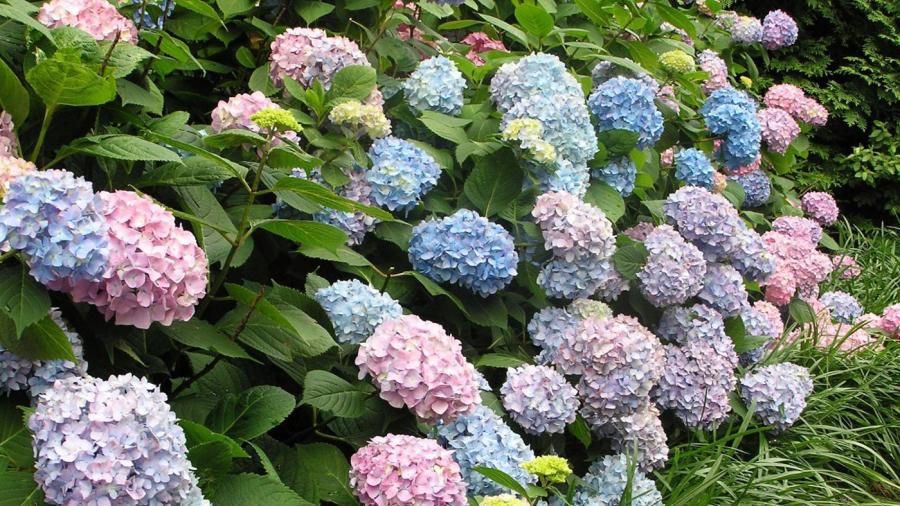Why Does a Hydrangea Wilt?

Hydrangeas wilt due to water stress, too much or too little sunlight, temperatures that are too hot or too cold, or reaching the end of their blooming period. Determining the cause of the wilt and taking steps to treat it can prevent permanent damage to the hydrangea.
Hydrangeas prefer moist soil. Their large leaves and flower clusters require large amounts of water on a daily basis. Letting the roots stand in soggy soil can result in root rot. Adequate drainage should be provided so that the plant is not overly watered.
If a hydrangea does not have enough light, it can wilt and have pale, unhealthy foliage. Lack of sunlight can also reduce the number of blooms. Too much sunlight causes sunburn and results in the foliage drying out quickly. Bright, indirect sunlight for 6 hours each day is the hydrangea’s preferred environment.
If the hydrangea is subjected to extreme heat, the foliage begins to wilt, and the flowers begin to lose their petals. A temperature between 65 and 75 degrees Fahrenheit is ideal, with temperatures that do not fall below 50 degrees Fahrenheit at night.
A hydrangea’s flowers signal the end of their bloom period by wilting and drying. Cutting off old blooms can improve the plant’s appearance and preserve its beauty for a few more weeks.





